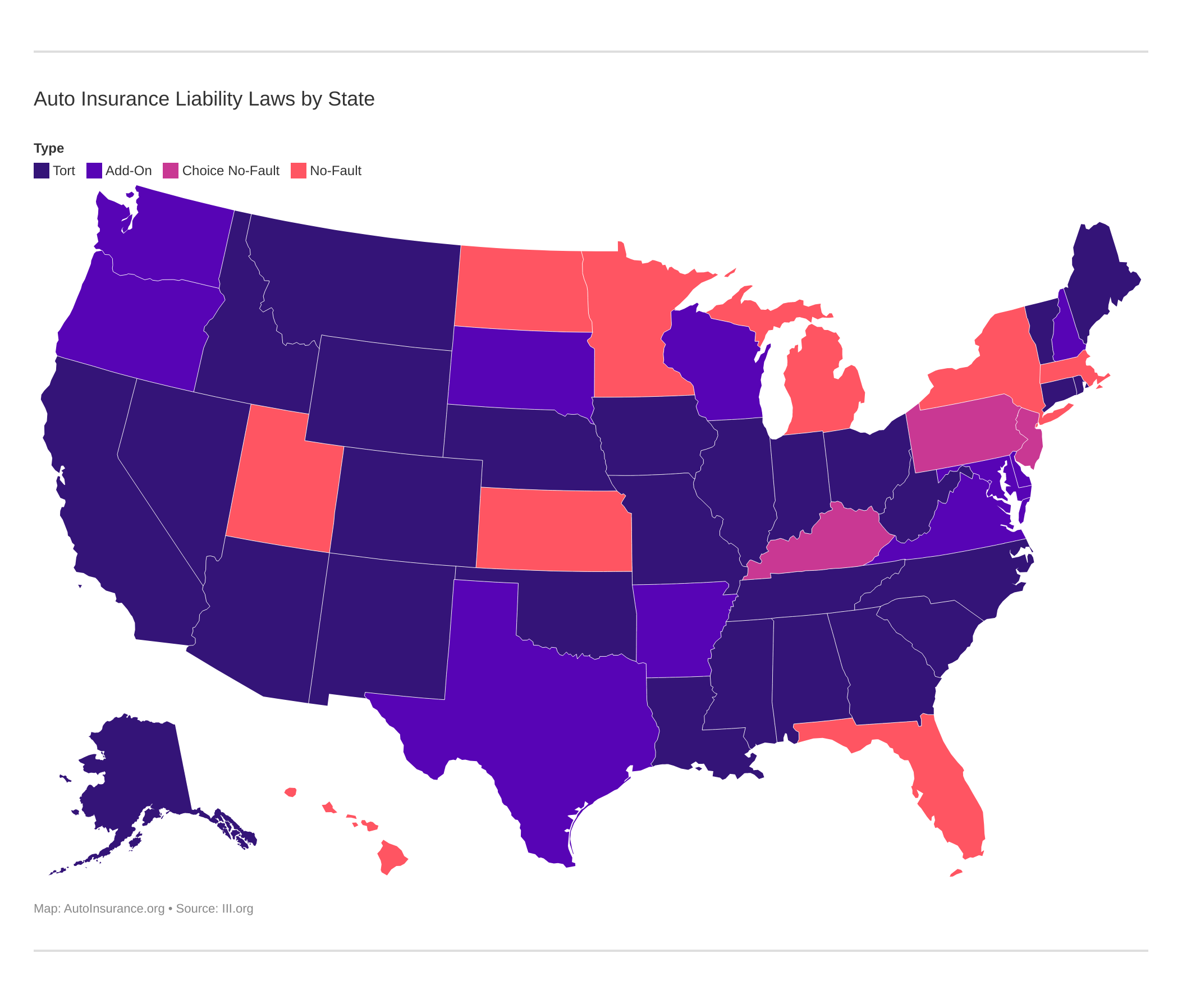Features
Free Car Insurance Comparison
Compare Quotes From Top Companies and Save
Secured with SHA-256 Encryption
What are the most popular cars in the United States?
Did you know that the most popular cars in America are some of the most affordable for auto insurance? Car insurance for popular cars can be hundreds of dollars less than average. But the factors that affect the price of car insurance determine your monthly rates. Don’t worry — we’re here to help. Our guide…
Driving During COVID-19 [Trends & Savings]
The COVID-19 pandemic has significantly reduced driving time, pollution, and money spent on gas. Learn the driving, car buying, and insurance implications caused by the mobility change.
10 Worst States for Daylight Saving Time Fatal Crashes (New Study)
You love it or hate it, that alarm clock going off an hour early or late, and you think, “Who could have come up with this cursed or blessed idea?” It wrecks and helps a lot of things, from health to the economy, but you might be wondering if it affects your driving too. We…
Most Expensive Tolls in America [+Costs by State]
There is no doubt: Owning and operating a vehicle is expensive. American drivers spent an average of $9,761 on their vehicles in 2018. This cost includes the purchase and maintenance of a car — everything from car insurance to gasoline and oil changes. But this figure also includes something many of us don’t often think…
The 20 Most Dangerous U.S. Cities for Cyclists [+Death Totals]
Commuters looking to reduce their environmental footprint may want to think twice about safety before hopping on a bike. How dangerous is cycling? According to the National Highway Traffic Safety Administration, the number of cyclist deaths has been rapidly increasing over the past several years. In 2017 alone, there were 783 total cyclist fatalities nationwide,…
How have cars gotten safer in the past 40 years?
It is estimated that over 87 percent of people wear their seat belts. It’s part of the standard equipment we’ve gotten used to using every time we step into a car. Laws require babies and young children to have the proper seat restraint, and children under the age of 12 cannot sit in the front…
Teen Drivers and Texting [Best and Worst States]
Learning how to drive is a rite of passage for many American teens. However, driving a car comes with immense responsibility as well as a lot of risks, and teen drivers and texting can be a dangerous combination. Read on to discover cell phone use while driving statistics. Texting and Driving Teenage Statistics Compared to…
Distracted Pedestrians & Deadly Accidents [Study Results]
If you’ve ever jogged through a well-trafficked neighborhood or taken a stroll through the car-jammed streets of a city, you’ve probably encountered a potentially dangerous situation with a vehicle. In the least, you understood that moving vehicles and pedestrians aren’t always paying attention to one another. Perhaps you noticed an unfortunate problem with this issue…
Alternative Fuel Vehicles
In an effort to scale down on petroleum usage and dependency in the U.S., and to reduce greenhouse gas emissions, alternative fuel vehicles are now being produced by most major car companies. In this comprehensive guide, we’ll discuss how car insurance rates are calculated for alternative fuel-powered cars and compare alternative fuel quotes to help…
Carpooling: Saving Time, Money, and the Planet
What is carpooling? Commuters who drive to work together in one vehicle are considered to be carpooling. They could be workers, neighbors, or family members. Some rideshare apps even connect strangers to carpool together to nearby areas. Why carpool? Because carpooling can save you money on gasoline, reduce your car insurance costs, and help save…
